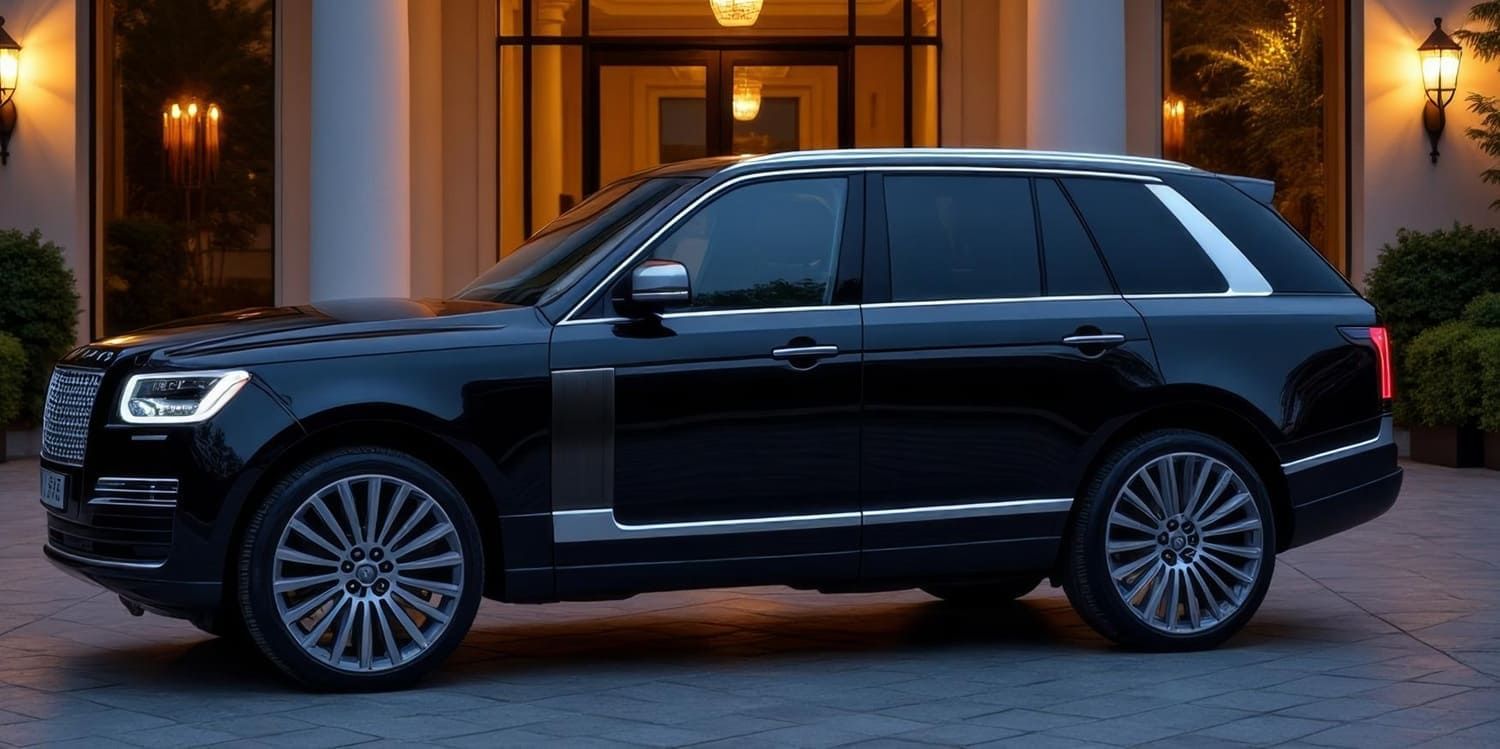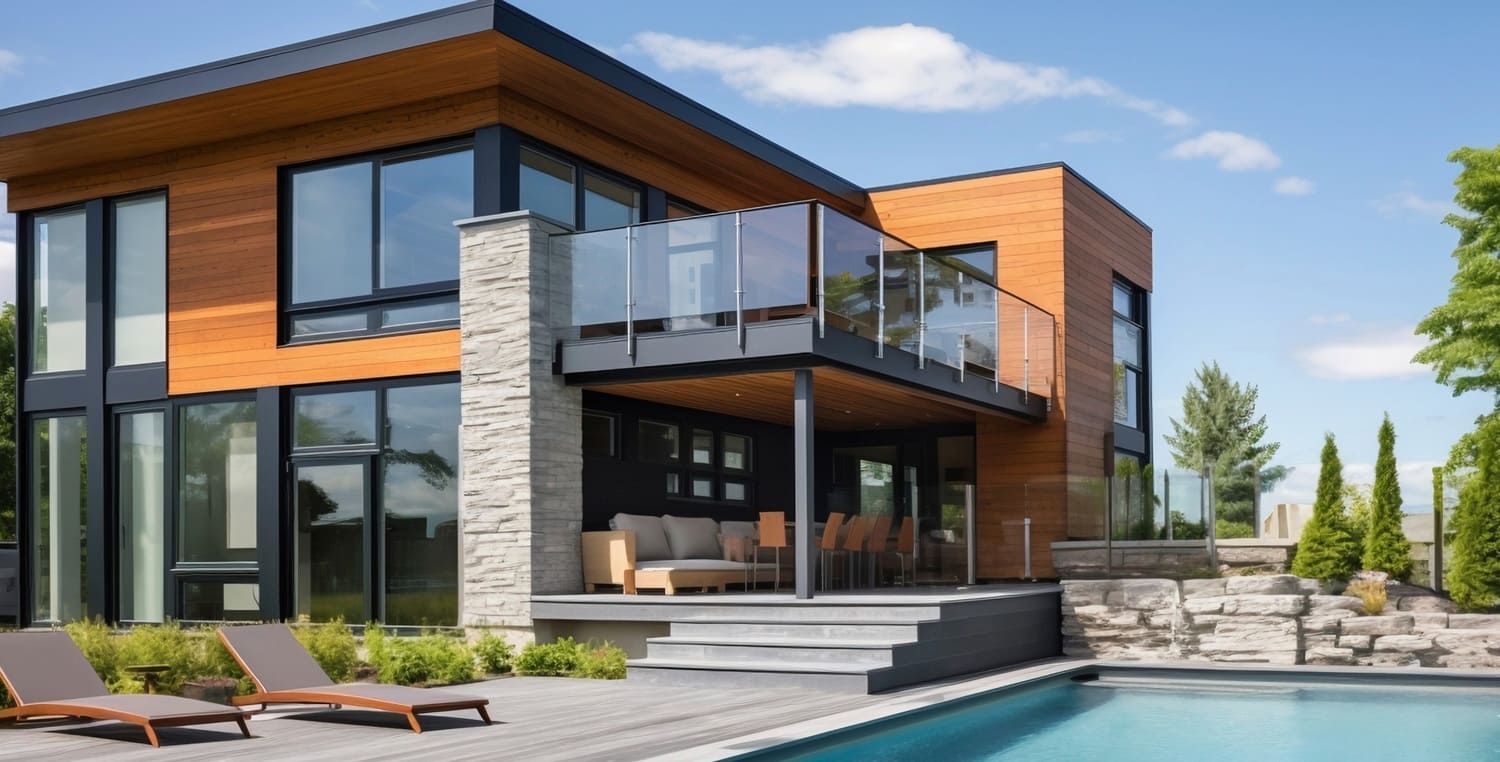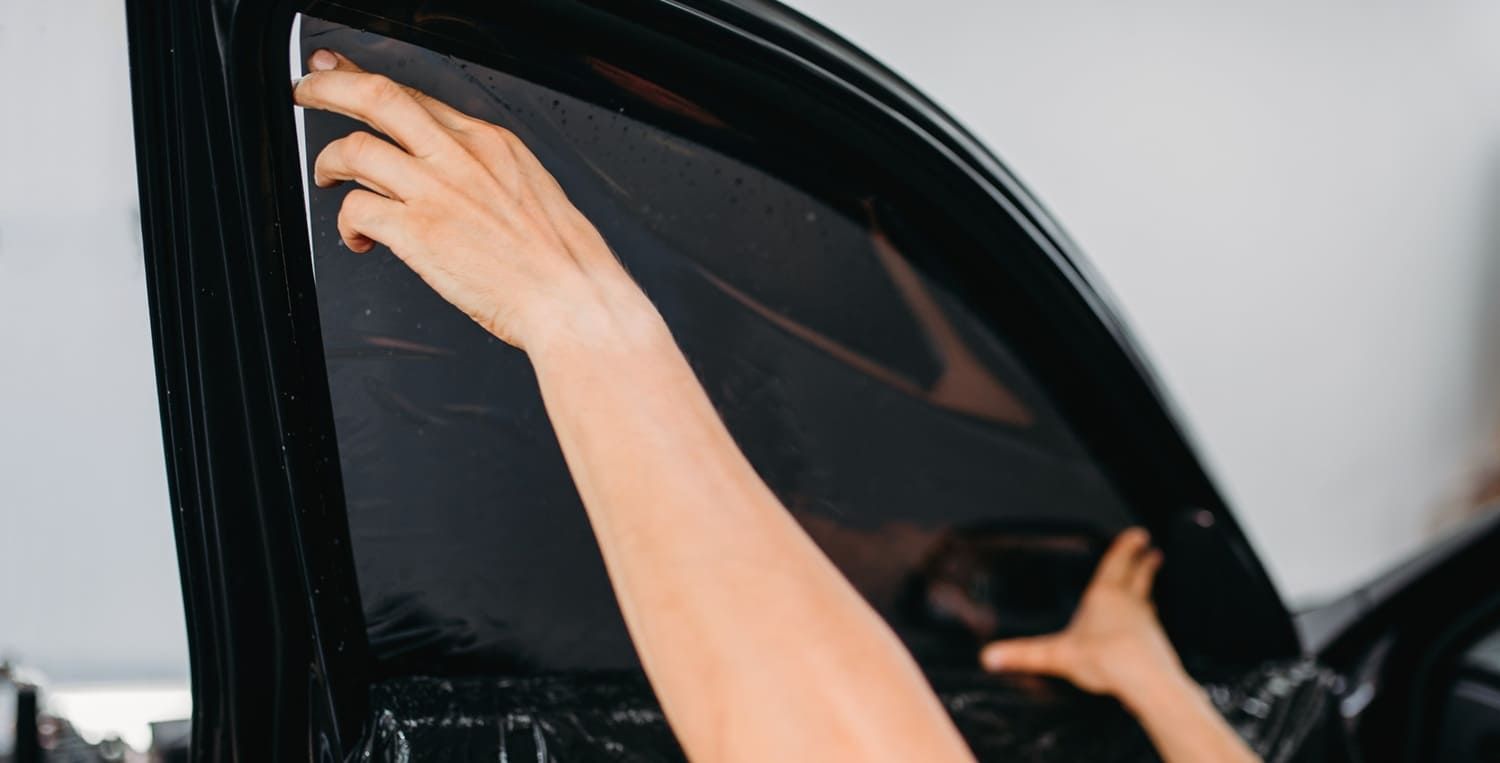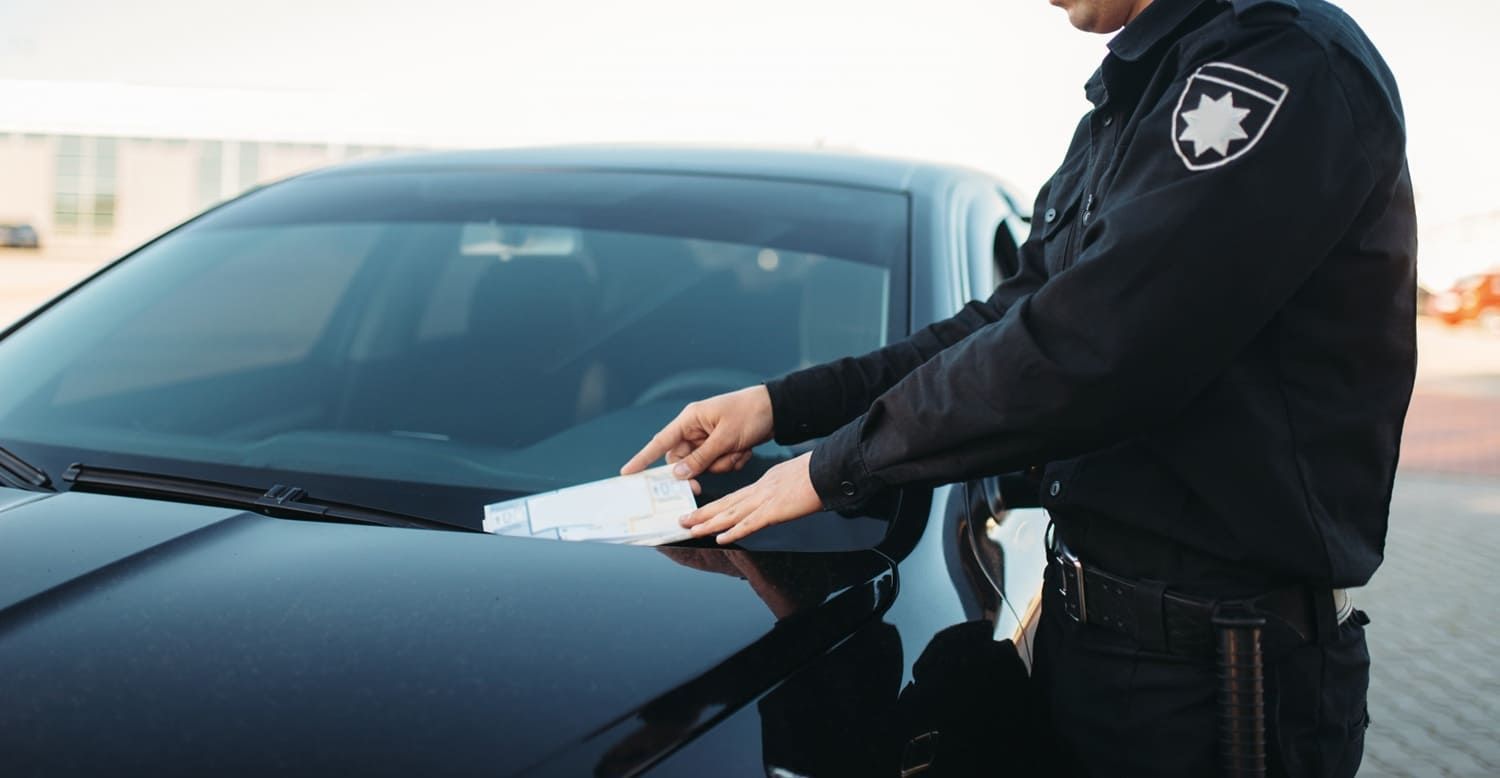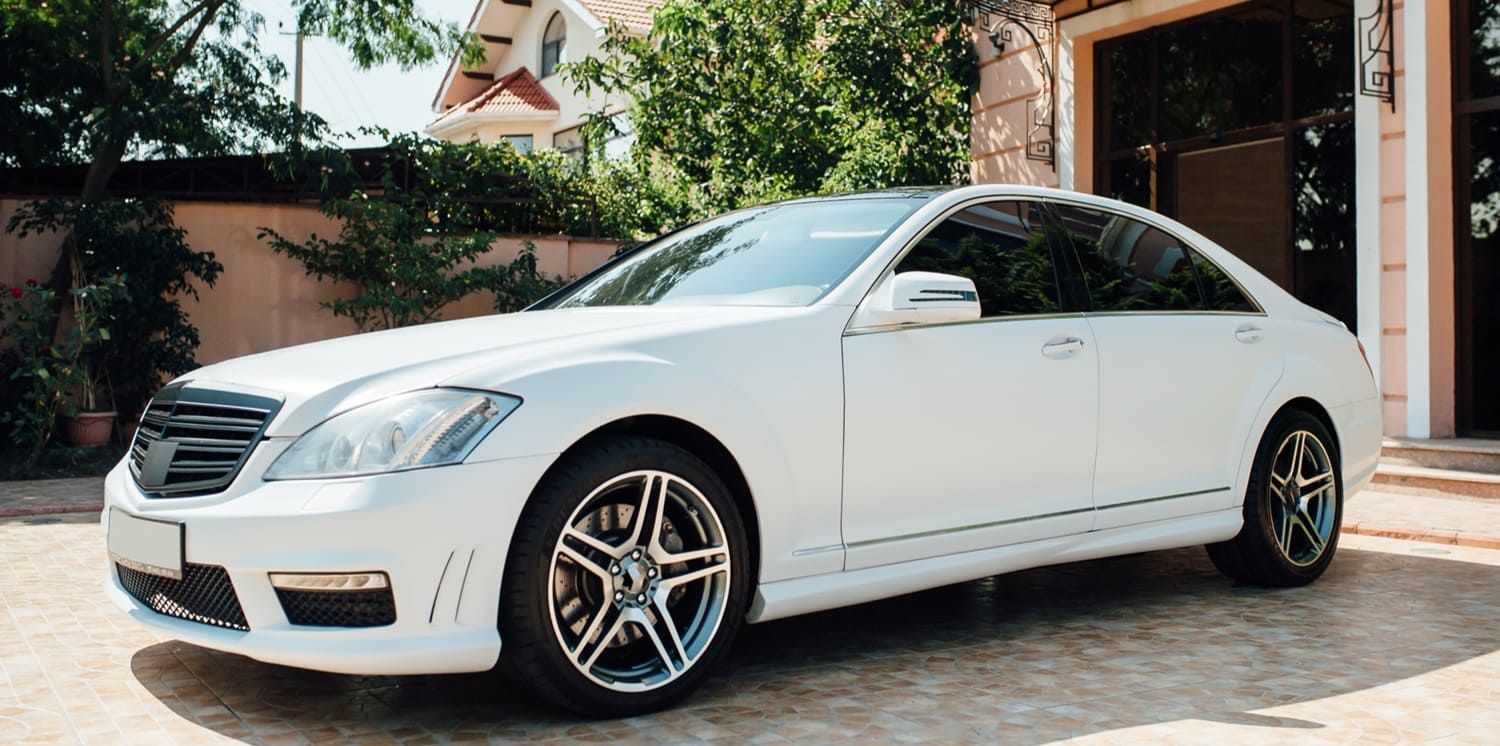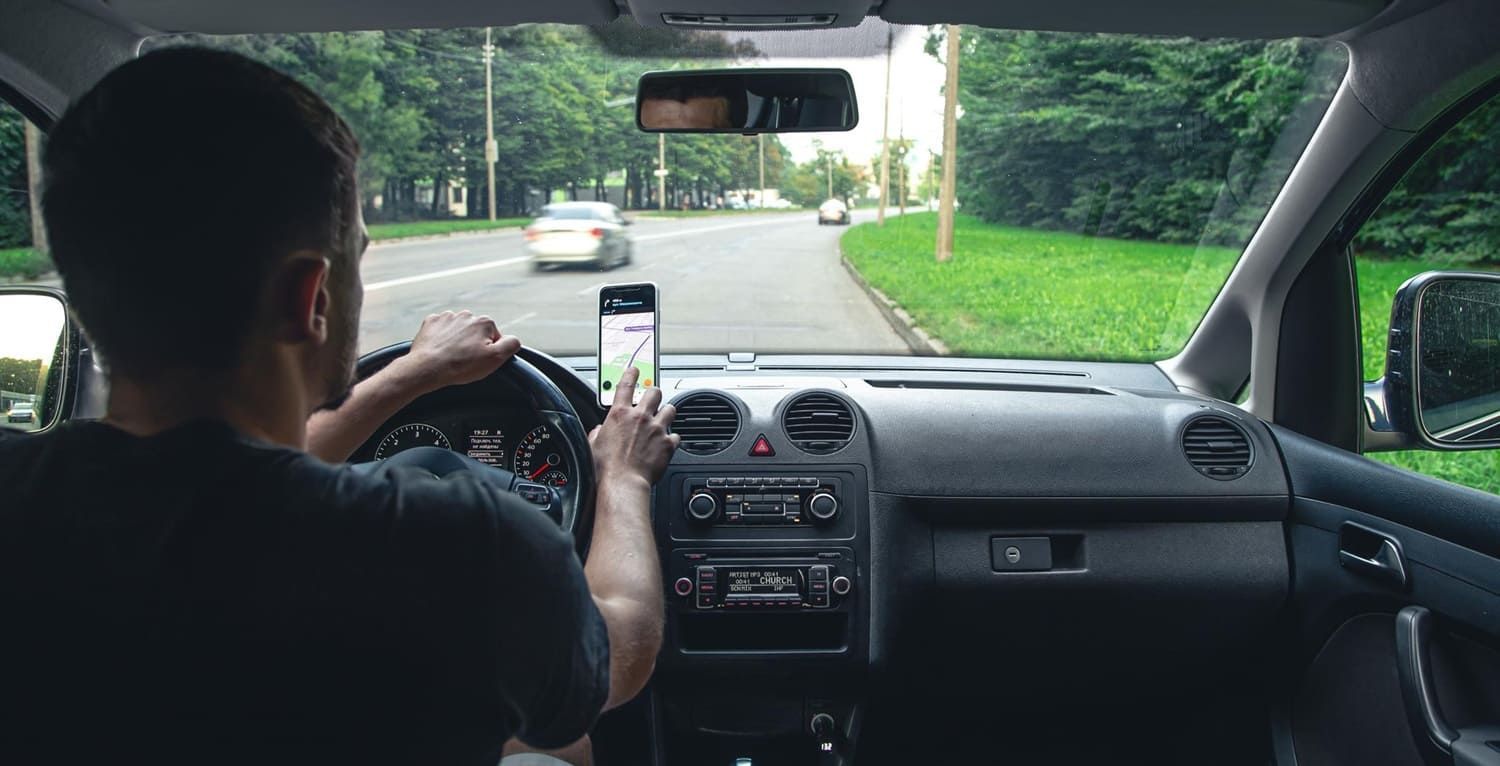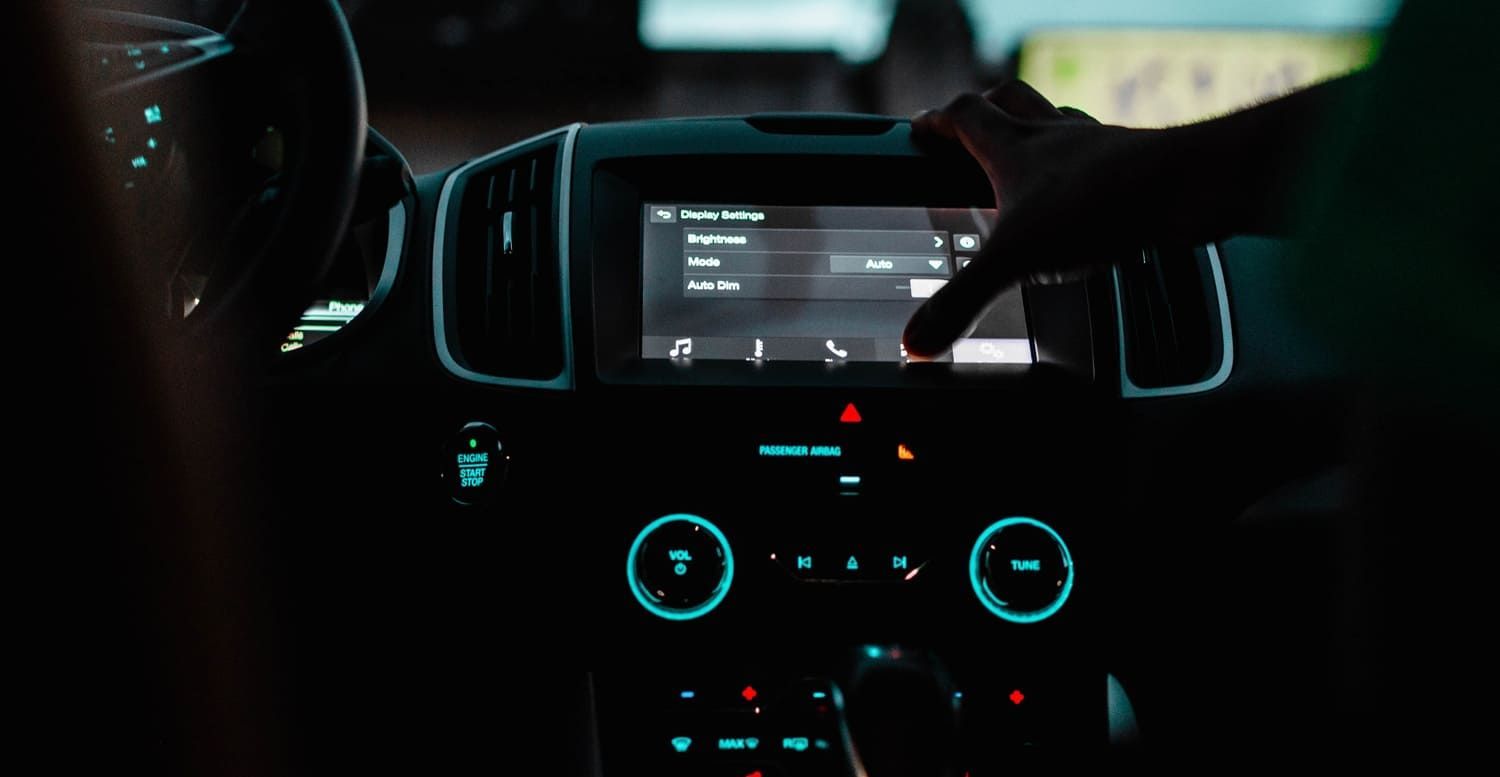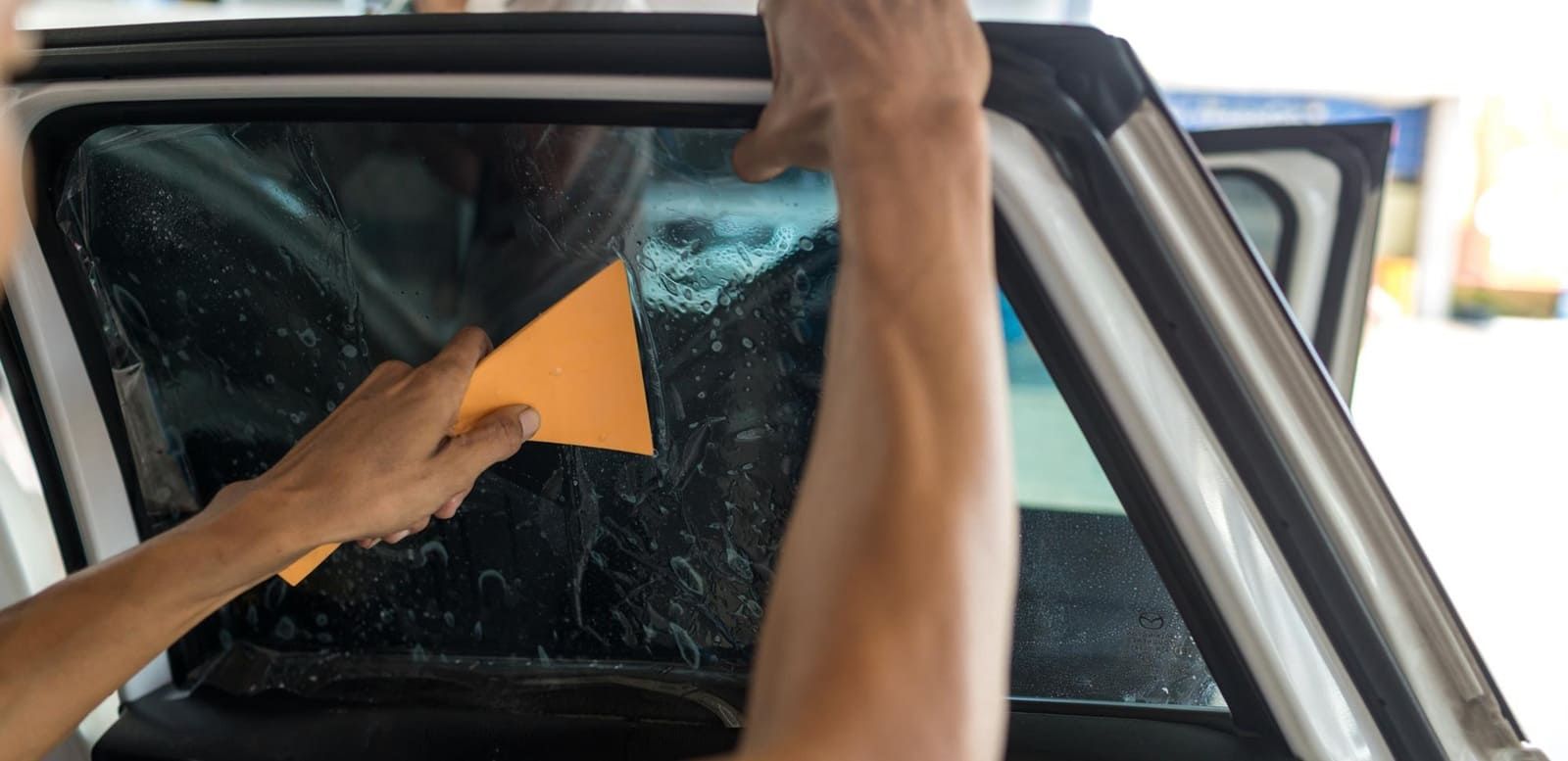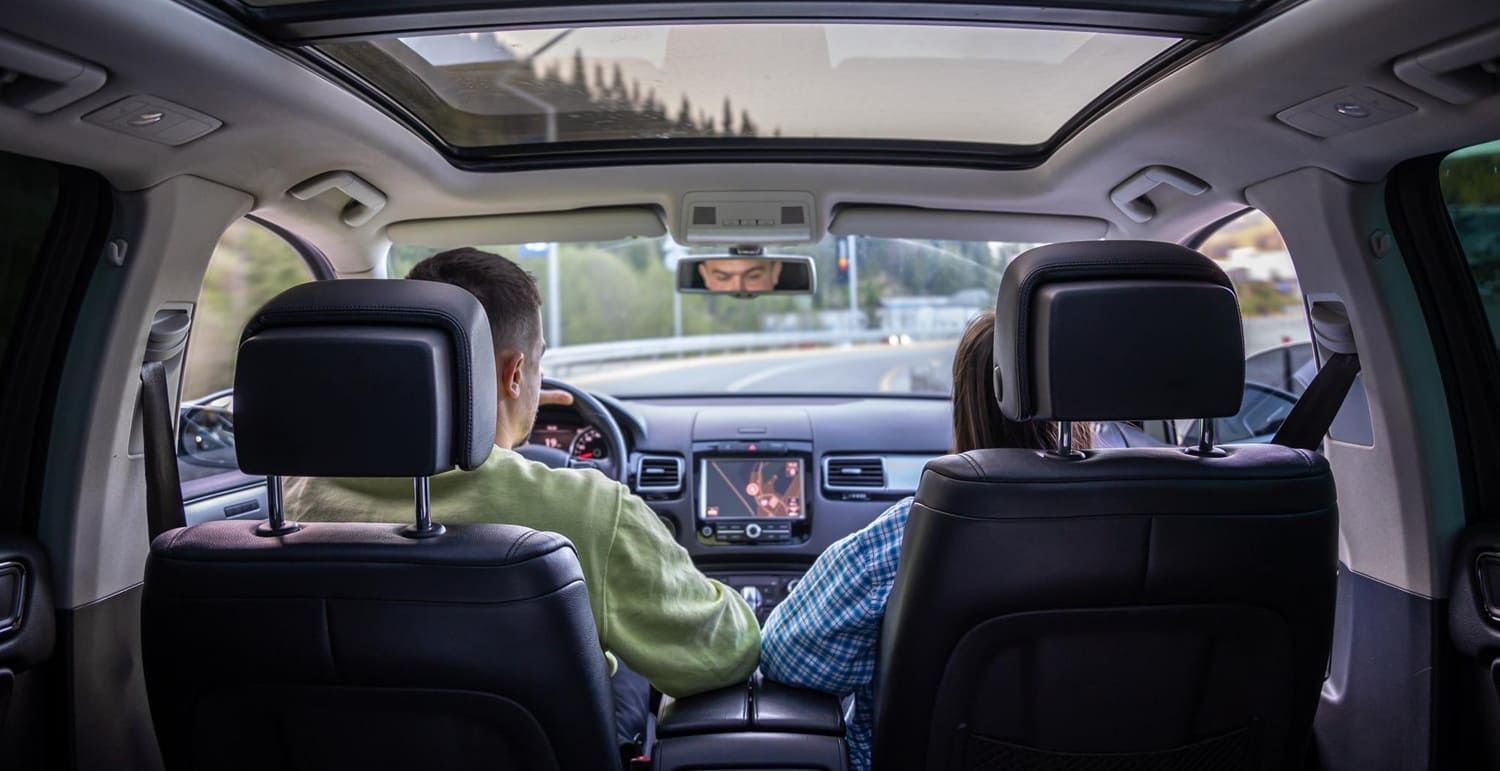How Dark Should I Tint My Windows?
If you're thinking of tinting your windows, you're probably wondering "how dark should I tint my windows?" This guide is here to help you choose!
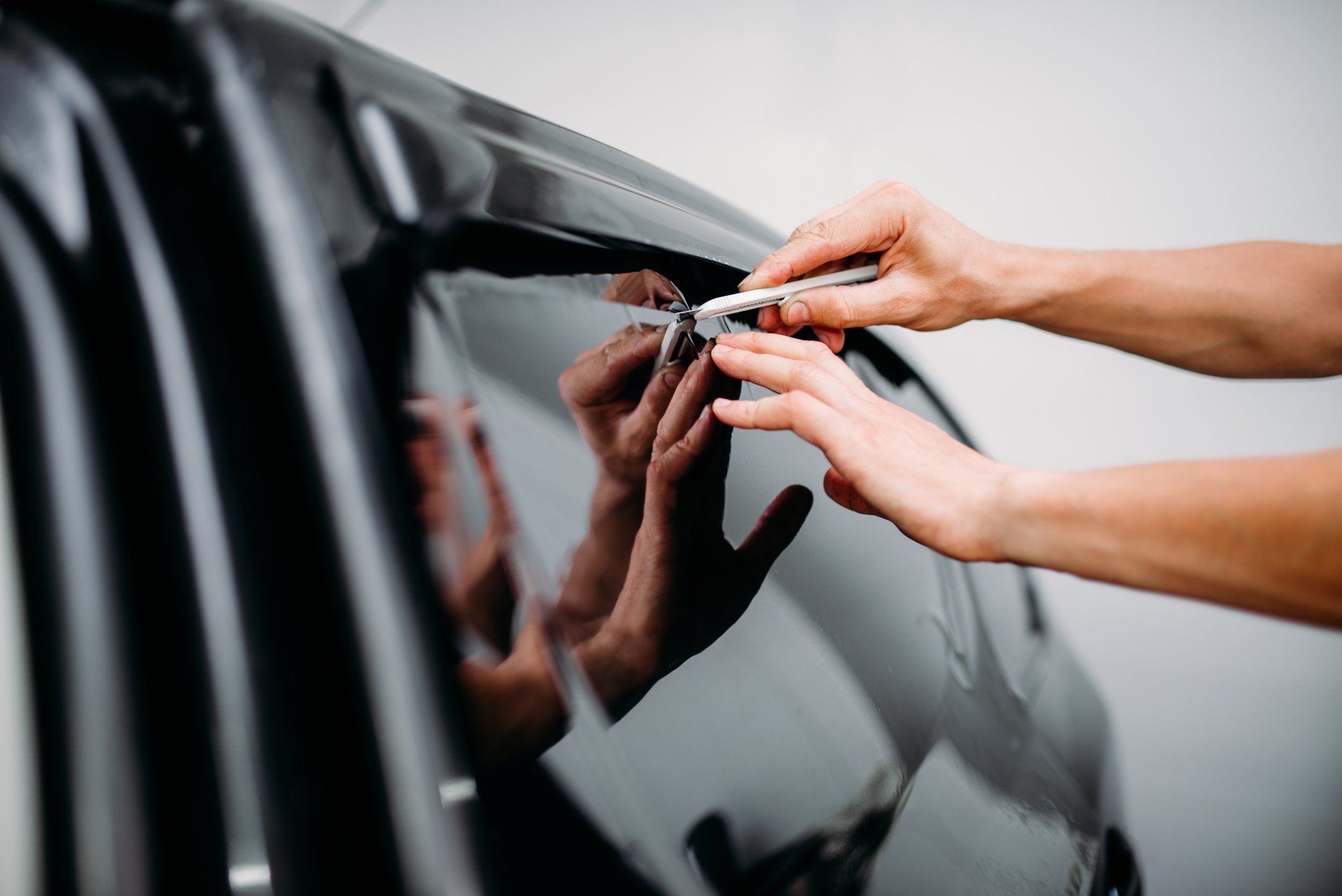
If you’re like most Americans, your car is a huge part of your life. In fact, research suggests that most of us are spending upwards of 17,000 minutes driving every year.
With that in mind, it’s no surprise that we’ll do anything to make ourselves more comfortable behind the wheel. One great way to do that is through auto window tinting, which helps protect both your health and the interior of your car. But the spectrum of tinting options might make you wonder, “How dark should I tint my windows, anyway?”
If this sounds familiar, we’ve got you covered. Here’s a quick look at what to think about when it comes to tinted car windows.
What to Know About VLT
Before we jump into the details of car window tinting, it’s important to understand one critical factor: visible light transmission (VLT).
VLT describes a tint’s darkness in terms of a percentage. However, many car owners get confused by the number they see listed for a manufacturer’s tint.
The important thing to remember is that VLT calculates the percentage of light that does pass through your window. A lower VLT indicates a darker window tint, while a higher VLT indicates a lighter tint.
As an example, a tint with a VLT of 35% will allow 35% of visible light to pass through your window while blocking the other 65%. A VLT of 5% will allow only 5% of the light to pass through your window while blocking 95%.
Types of Window Tint Percentages
Most manufacturers create tints with a few standard options: 50%, 35%, 20%, and 5%. This is also true of industry-leading window tinting companies like LLumar, which offers high-quality tints in this range of VLTs. However, it’s also possible to find VLTs outside of this common range, especially if your aim is to match the specific factory tint of your car’s windows.
It’s also worth noting that the color of the tint will affect the VLT. Most car owners choose to go with a standard black window tint, but if you choose a tint in a different shade, you’ll notice that the manufacturer’s VLT will come with a color in addition to the number, such as “red 50%.” This is because colored window tints will block light in slightly different ways from black tints, which is why it’s important to talk to an expert car tint technician before you make your choice.
Regulations for Tinted Windows
While you might be eager to get your hands on the VLT of your choice, it’s important to keep in mind that there are legal regulations around the tints you can install on a car.
Reasons for Regulating Tinted Auto Windows
There are a few reasons to regulate the darkness of your windows, and it’s worth knowing them as you make your decision.
First, darker window tints can be a safety hazard. Drivers looking through windows with a VLT of 5% may have a hard time seeing at night. This is true of both the front windows and the side and back windows.
In addition, dark tints can also make it difficult for other drivers to see you, making it hard for you to make quick gestures to indicate things like permission for another car to pull into your lane.
From a law enforcement standpoint, darker windows can make it difficult for a police officer to see what a driver is doing when the officer approaches the car, which can put them in a dangerous situation.
Florida Car Window Tinting Laws
Window tinting is legal in Florida, but the state sets specific regulations regarding the types of window tints you can install on your car.
Your front side windows can have a VLT as low as 28%, while your rear side and back windows can have a VLT as low as 15%. You are allowed to tint your front windshield, but only above the AS-1 line.
It’s worth noting that the state makes exceptions for people with specific health conditions. People with conditions like albinism, Bloom syndrome, or solar urticaria can use window tints with a lower VLT, though you’ll need to get medical documentation.
How Dark Should I Tint My Windows?
Now that you know more about the specifics of VLT and the legality of window tints, it’s time to dig into how dark you should go with your tint. There are a few factors that should affect your decision:
Aesthetics
Many car owners are looking for a certain aesthetic when they tint their windows. Whether you want to mimic the sleek look of dark limousine windows or the lighter look of your factory tint, keep your car’s appearance in mind as you make your choice.
Legal Regulations
As mentioned above, it’s important to consider Florida’s legal regulations when you choose your car’s tint. However, you’ll also want to meet the legal criteria in any other states where you want to drive your car. If you’re not sure about the legality of your window tints in Florida and beyond, it’s a good idea to talk with an experienced auto tint company.
Health Concerns
Want to make sure you’re protecting your health? Even lighter tints can block out 99% of UV radiation, which is why the Skin Cancer Foundation recommends tints for all drivers. However, anyone who spends a lot of time behind the wheel might want to consider darker tints for added protection.
Privacy Concerns
If you’re worried about your privacy, a darker tint can keep onlookers from seeing into your vehicle. These tints can help keep your distinguishing features private, and it also means that would-be thieves won’t be able to see your belongings at a glance.
Interior Protection
Worried about protecting your car’s interior? Darker tints add extra protection for your upholstery, meaning that you won’t have to worry about faded seats and interior materials over time.
Work With Us to Find the Perfect Tint
At the end of the day, there’s no right or wrong answer when it comes to a car window tint—provided that you stay on the right side of the law. Some drivers opt for the privacy and protection of darker tints, while others like lighter options that still provide great UV protection and visibility.
Still asking yourself “How dark should I tint my windows?” If you’re on the fence, our team is here to help!
With years of experience helping drivers throughout Boca Raton, Delray Beach, and the surrounding areas get the perfect tint for their vehicle, we’re happy to find the perfect choice for your car as well. Reach out to us today at Boca Tint & Audio for a free estimate.



